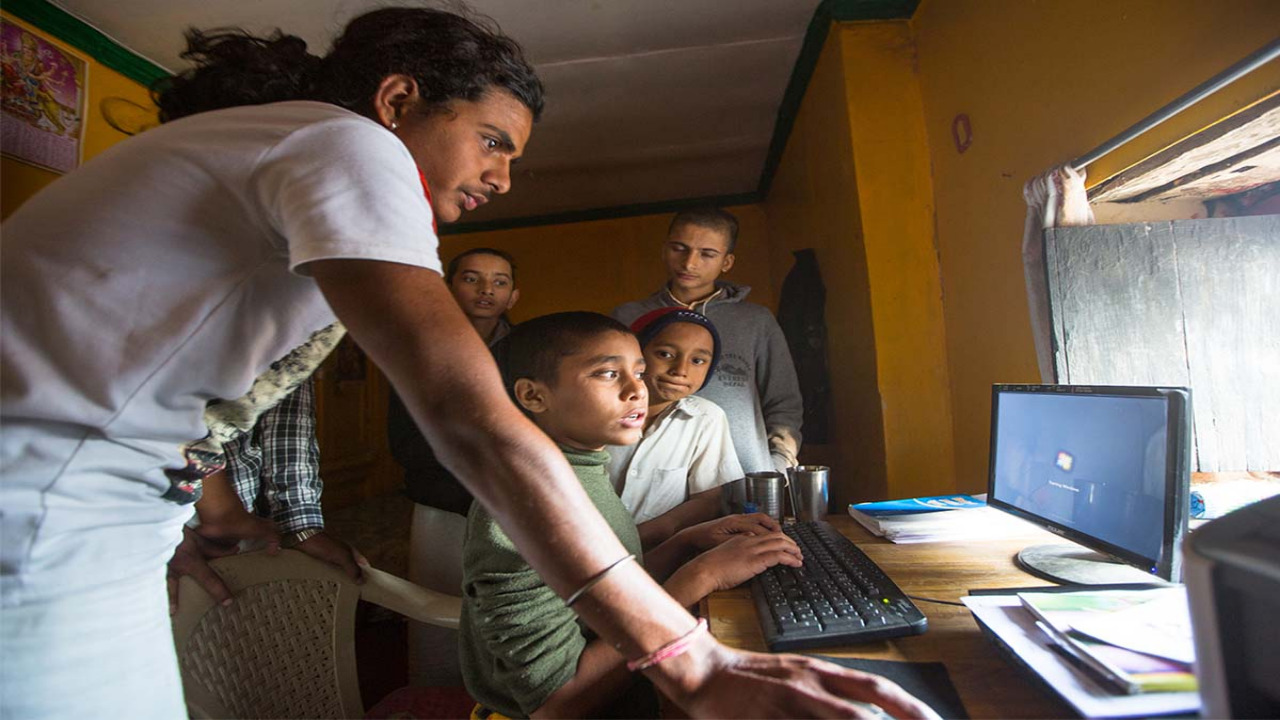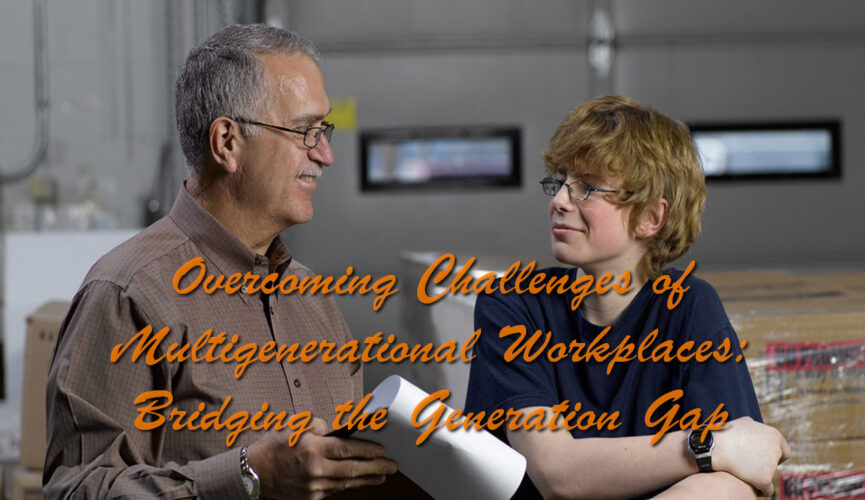In today’s rapidly evolving work environment, the convergence of multiple generations in the workforce has become a defining characteristic. The multigenerational workplace, encompassing Baby Boomers, Generation X, Millennials, and Generation Z, presents a unique set of challenges that arise from differences in work styles, communication preferences, and values. Effectively bridging the generation gap is crucial for maintaining a harmonious and productive work environment. This article explores the key challenges faced in multigenerational workplaces and offers insights into how these challenges can be overcome.
Diverse Work Styles and Expectations

One of the primary challenges in a multigenerational workplace is the diverse range of work styles and expectations held by employees from different generations. Baby Boomers, for instance, tend to prioritize traditional work values such as loyalty and hierarchy, while Millennials and Generation Z often value flexibility, autonomy, and a strong work-life balance. Bridging these differing perspectives can be achieved through effective communication, education initiatives, and innovative pay stub solutions. These approaches help in minimizing miscommunication, misunderstandings, and conflicts within the workforce.
Solution: To overcome this challenge, organizations can implement flexible work arrangements that cater to different work styles and establish clear communication channels that allow employees to express their needs and expectations. Encouraging cross-generational mentorship and knowledge sharing can also help in creating a more inclusive environment where employees learn from each other’s experiences.
Communication Barriers
Effective communication is the cornerstone of a successful workplace. However, generational differences in communication preferences can create barriers that hinder collaboration and teamwork. For instance, older generations might prefer face-to-face conversations, while younger generations rely heavily on digital communication tools. These differences can lead to misunderstandings, reduced efficiency, and decreased productivity.
Solution: Organizations can bridge the communication gap by providing training programs that address effective communication strategies for different generations. Encouraging open dialogue and emphasizing the importance of active listening can foster understanding and help employees adapt their communication styles to be more inclusive and accommodating.
Technological Divide

The rapid pace of technological advancements has left some older employees feeling overwhelmed by new digital tools and platforms. Conversely, younger generations are often seen as overly reliant on technology and lacking in interpersonal skills. This technological divide can hinder collaboration and knowledge sharing.
Solution: Companies can address this challenge by offering technology training sessions tailored to the needs of older employees, helping them build confidence and competence with new tools. At the same time, younger employees can be encouraged to share their technological expertise with their older counterparts, fostering a culture of mutual learning and appreciation.
Bridging the Generation Gap
Bridging the generation gap requires a concerted effort to create an inclusive and supportive work environment where employees from all generations feel valued and respected. This involves acknowledging each generation’s strengths and contributions while promoting a sense of unity and shared purpose. Encouraging cross-generational collaboration on projects, team-building activities, and social events can help break down stereotypes and foster a sense of camaraderie.
Solution: Regular team-building workshops that encourage intergenerational interactions and discussions can help employees appreciate each other’s perspectives and strengths. Mentoring programs can also play a pivotal role in creating opportunities for knowledge exchange and relationship-building across generations.
In conclusion, the multigenerational workplace presents both challenges and opportunities for organizations. By recognizing and addressing the diverse work styles, communication preferences, and values of different generations, companies can create a more inclusive and harmonious work environment. Through tailored strategies such as flexible work arrangements, effective communication training, technological support, and intergenerational activities, businesses can bridge the generation gap and harness the collective potential of their workforce. Embracing the richness of multigenerational diversity ultimately leads to increased innovation, enhanced problem-solving, and a more resilient organization prepared to thrive in the dynamic landscape of today’s business world.
